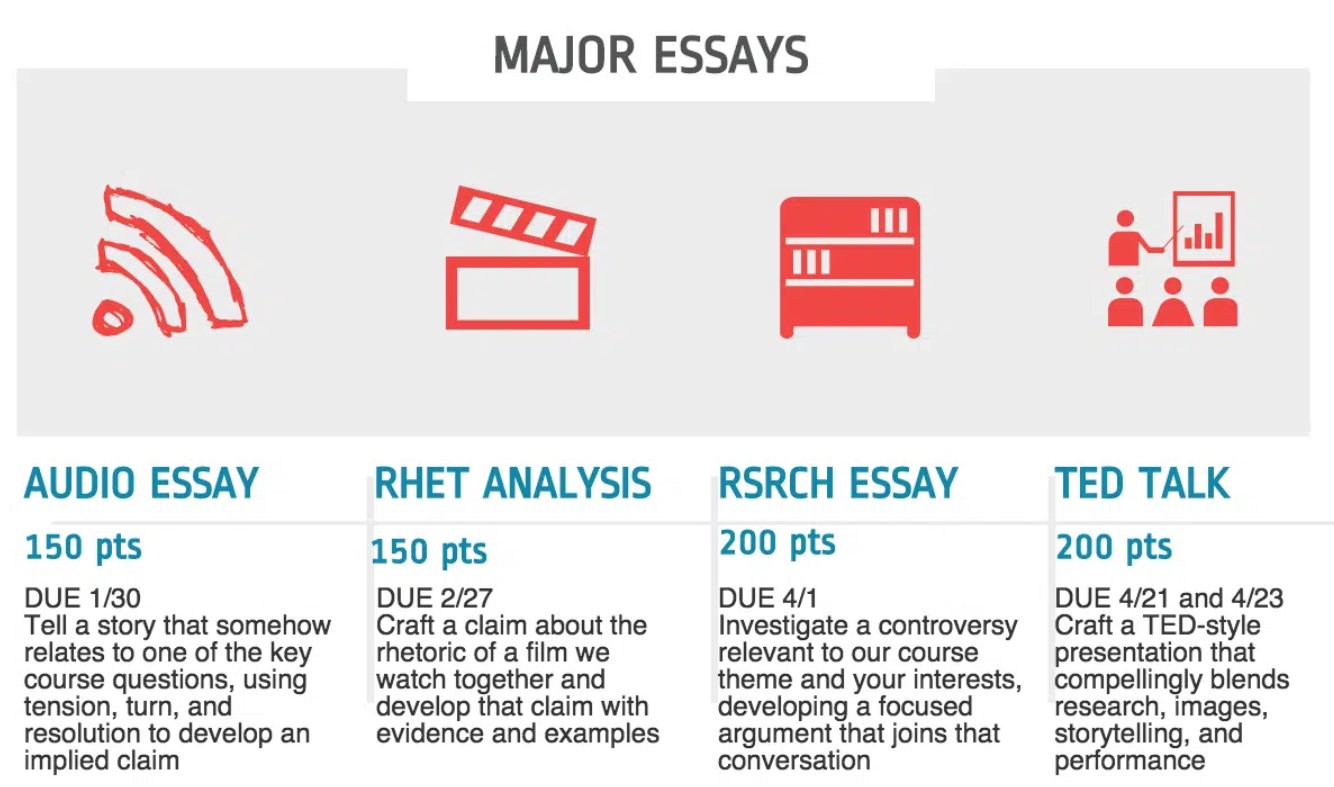What is a learner focused syllabus and why does it matter? Browse the PowerPoint below for some of the basics on this topic.

An easy way to begin making your syllabus learner centered is to revise the language to be more encouraging and collaborative, and less punitive. See the examples below for ideas on how to achieve these changes.
For more ideas, see “Students’ Perceptions of Course Syllabi: The Role of Syllabi in Motivating Students” by Wheeler et al. Appendices B and C contain sample syllabi that can be compared for content-focused language (B) vs. learner-focused language (C).
While revising language goes a long way in creating a learning-centered syllabus, some research has suggested that visual design also plays an important role in student reception. According to Nussbaum et al., a visually designed syllabus may cause students to view the instructor as more kind, creative, and approachable before the first instructor-student interaction. Explore the samples and short articles describing experiences with visual syallabi below.

Creating an Infographic Syllabus
This article discusses how to create an infographic syllabus using the tool Piktochart. Canva, InDesign, and Adobe Spark are among the other tools available to create a visual syllabus.

The Graphic Syllabus: Shedding a Visual Light on Course Organization
Linda Nilson describes strategies for mapping the learning experience for students graphically.
Email us at commonshelpsite@gmail.com